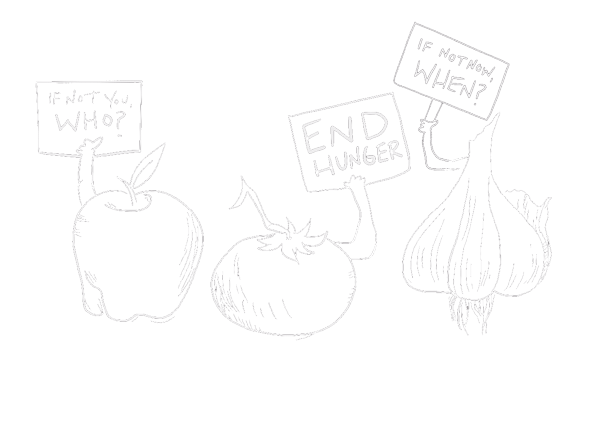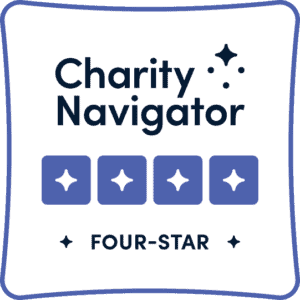Breaking EBT News: CalFresh is Vital to Alleviating Hunger in San Diego, but it’s At Risk
There are many different names for the federal nutrition assistance program called the Supplemental Nutrition Assistance Program. You may know it as SNAP, the acronym most commonly used to refer to it. Here in California, it’s called CalFresh. But many people call it food stamps or EBT. Whatever you choose to call this program, you should know it’s essential to many people and the economy. SNAP is the nation’s largest domestic food and nutrition assistance program for low-income Americans. Over 42 million Americans benefit from SNAP, using federally provided funds to buy groceries each year. Despite this widespread benefit, the EBT news lately has been dire.
Many federal food assistance programs help people facing hunger in the United States. In addition to SNAP, there is:
- The Emergency Food Assistance Program (TEFAP)
- The Commodity Supplemental Food Program (CSFP),
- The Child and Adult Care Food Program (CACFP)
- The National School Lunch Program (NSLP)
- The School Breakfast Program (SBP)
- The Summer Food Service Program (SFSP)
- Women, Infants, and Children (WIC)
These programs are critical to the many low-income families struggling to access nutritious food. Before the COVID-19 pandemic, the social safety net suffered from outdated technological systems that complicated enrollment, deeply rooted inequities, and challenging administrative requirements for people and states alike. The unprecedented events of 2020 left millions needing assistance and pushed existing safety net systems to the brink of their capacity. Since then, the need for a resilient and equitable social safety net has never been more urgent. We should be strengthening our social safety net, not weakening it.
Who Does Each Program Help?
| Acronym | Parents & Kids | Healthy Eating | Low-Income Seniors | Supplying Food Banks |
|---|---|---|---|---|
| SNAP | √ | √ | √ | |
| TEFAP | √ | √ | √ | √ |
| CSFP | √ | √ | √ | |
| CACFP | √ | √ | √ | |
| NSLP | √ | √ | ||
| SBP | √ | √ | ||
| SFSP | √ | √ | ||
| WIC | √ |
SNAP As We Know it is At Risk
This month is CalFresh Awareness Month, and it just so happens that SNAP and CalFresh are at risk right now. The latest EBT news is that the text for the House Agriculture Budget Reconciliation bill has been released, and it represents the most serious threat to SNAP in decades, including significant cuts and sweeping structural changes. Specifically, it would reduce food assistance, effectively end SNAP as an entitlement program by shifting costs to states, and make it harder for families to access benefits. These changes and cuts are an existential threat to SNAP and will increase hunger.
The House Agriculture Committee reviewed, debated and ultimately approved budget reconciliation legislation that would cut $300 billion in funding for SNAP through shifting a percentage of SNAP costs to states, expanding work requirements to parents of children over the age of seven and making future updates to the Thrifty Food Plan revenue neutral, which would impact future benefit levels for SNAP, Summer EBT and TEFAP. At the same time, the House Energy and Commerce Committee also approved budget reconciliation legislation to make $625 billion in cuts to Medicaid over ten years and increase the number of people without health insurance by at least 7.6 million by 2034―the most significant cut in the history of the program.
EBT News: The Local Impact
In California, SNAP reached over 3.1 million households—over 5.4 million people—in 2024. More than half of SNAP participants are in families with children and more than 30% are in working families. As of May 2025, here in San Diego County, there are 404,465 recipients receiving CalFresh. Nonprofits cannot solve hunger alone. For every meal that Feeding America provides, SNAP provides nine meals. At the base level, we need strong federal nutrition programs like SNAP to ensure families can access nutritious food.
Already, SNAP is not a one-size-fits-all program that eradicates hunger. We often get feedback that people’s SNAP benefits, especially here in San Diego, where the cost of living is so high, are insufficient to cover groceries for the whole month. This is when people turn to the charitable food network. Cuts to SNAP at the federal level will drive more people to seek food assistance. They will burden already overburdened non-profits struggling to keep up with demand, especially when fundraising is down.

Take Action
While the EBT news may seem scary, there’s a lot you can do to help! You can support SNAP today by contacting your representatives and telling them you oppose the bill as it currently stands. You can easily reach out using this form from Feeding America. A vote in the full House is expected as early as next Thursday, May 22, so the time is now to advocate for our neighbors who rely on the social safety net. Another way to ensure your low-income neighbors have access to nutritious food is by becoming a monthly donor to Feeding San Diego, the only Feeding America partner food bank in the region working to provide healthy meals to anyone in need while maximizing food rescue. Your monthly commitment helps us to plan, budget more effectively, and respond to hunger concerns as they arise throughout the year. A recurring donation of $10 a month helps provide 240 meals a year!
If you or someone you know needs help applying for CalFresh, our team can help. You can schedule an appointment with our Calfresh team or contact our CalFresh team directly at 858-863-6635.








